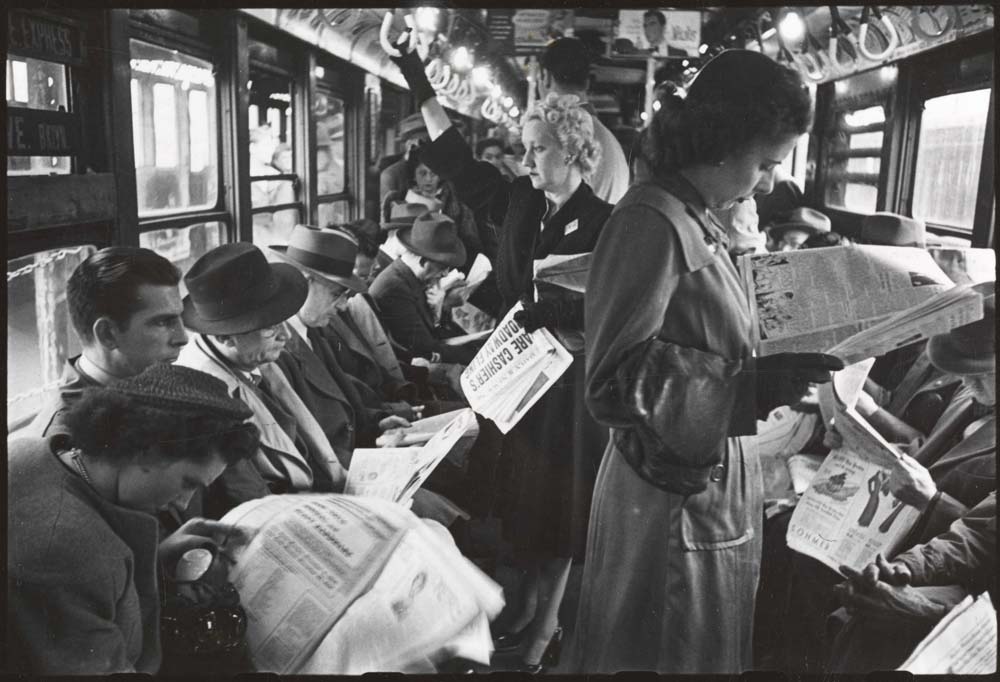A glimpse through the March MTA Board meeting materials revealed to the world a long-awaited development from the transit authority. The MTA had issued a procurement call for the technology to release a real-time data feed of available subway arrival information. The feed would cover the A Division lines that currently enjoy the benefits of countdown clocks and would open up a whole new world of transit data for app developers.
Earlier today, I spent the morning at an event at NYU’s Rudin Center for Transportation Policy & Management, and this upcoming data feed was a hot topic. The early a.m. event focused on technology and urban mobility. It featured panelists from the MTA and PATH and developers from Google Transit and OpenPlans (as well as Adam Ernst, a Second Ave. Sagas advertiser). Ernest Tollerson, the MTA’s Director of Environmental Sustainability & Compliance, opened the talk with a brief discussion on the real-time data feed.
According to Tollerson, the authority hopes to have the train arrival estimates ready to go later this year. At the time, app developers will be able to grab this information that covers 37 percent of all subway riders. It will be, he said, “a transformative moment in the life of the city and the MTA.”
Now, we’ve known about the looming public release of this data for a few weeks, but Tollerson let slip some additional info as well. After the real-time data streams are live, the authority will look for ways to push out real-time information for B Division lines that are elevated or at-grade. In other words, most lines out in Brooklyn and Queens would be in line to receive these feeds as well.
Tollerson and the rest of the panelists spoke about the ways in which transit technology can make trips more convenient. If we know what’s happening where and when before we leave our house, we are better prepared for delays or the need to find alternate routes. Making the voluminous train location data available to the public is a huge step for the MTA and for the millions of people who ride the subways every day. That moment cannot come soon enough.



